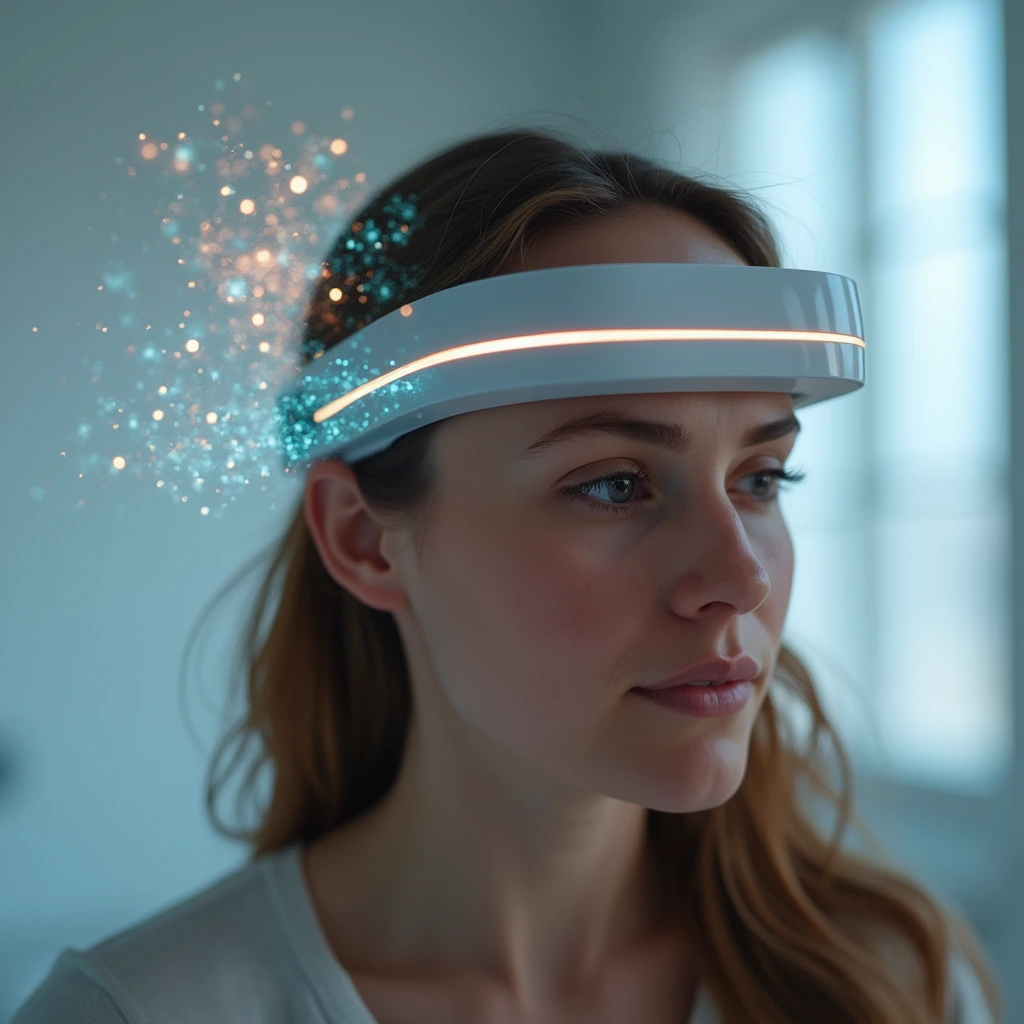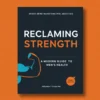Artificial Intelligence is evolving fast. The AI advancements 2025 are changing technology and business. NVIDIA’s NIMoT Tron thinks before responding. Muse S Athena trains your brain. LG’s XA One Deep helps science and engineering. Ethical debates are growing too. Hollywood fights AI over copyright issues. Meanwhile, NVIDIA, xAI, and Microsoft invest in AI data centers. This article explores the top AI advancements 2025. We’ll see how they’re shaping the world. Let’s dive in!
NVIDIA’s NIMoT Tron: A Game-Changer in AI Models

NVIDIA launched the NIMoT Tron family. As a result, it’s a big step in AI advancements 2025. These open-source models help businesses adopt AI. In particular, they beat competitors like LLaMA 3.3 in STEM tests. Additionally, they surpass DeepSeek V1 in tool-use benchmarks.
What Makes NIMoT Tron Stand Out?
The NIMoT Tron models are available in three versions:
- Nano (8B parameters): Ideal for lightweight tasks.
- Super (49B parameters): Built for mid-level complexity.
- Ultra (249.9B parameters): Tailored for high-complexity challenges.
NIMoT Tron has a “turbo intelligence mode.” It switches between deep reasoning and quick replies. This makes it 5x more efficient than rivals. It also improves accuracy by 20%. NVIDIA will launch the AQ Blueprint in April 2025. This framework helps businesses use these AI agents. It makes AI for businesses more accessible.
Muse S Athena: The AI-Powered Brain Trainer


Muse S Athena, a wearable headband, enhances cognitive performance as part of the latest AI advancements 2025, helping users improve focus and memory.
Another exciting development in the AI advancements 2025 is the Muse S Athena, a wearable headband that combines EEG (electroencephalogram) and blood oxygen sensors to monitor brain activity and enhance cognitive performance. Dubbed a “personal trainer for your brain,” this device is revolutionizing mental fitness.
How Does Muse S Athena Work?
Muse S Athena uses AI to analyze brain waves, oxygen levels, and other neural signals, creating a personalized cognitive training program. Here’s what it offers:
- Improved Focus: Helps users concentrate better during complex tasks.
- Enhanced Memory: Trains the brain to retain information more effectively.
- Mental Performance: Boosts overall cognitive abilities for demanding activities.
Unlike smartwatches that track physical metrics like heart rate, Muse S Athena goes straight to the source—your brain. While Muse was already known for its EEG devices for relaxation, the Athena takes it to the next level, positioning itself as a game-changer in wearable AI advancements 2025. However, the real test will be its practical reliability—interpreting brain data accurately is no small feat.
LG’s XA One Deep: Efficient AI for Science and Engineering

LG, a company best known for its high-quality TVs, has entered the AI race with the XA One Deep, a powerful and efficient model designed for mathematics, science, and coding. This is one of the most practical AI advancements 2025 for industries like engineering and research.
Why XA One Deep Matters
With just 32 billion parameters, XA One Deep achieves high-level performance while being more efficient than larger models like DeepSeek V1. Here’s why it’s a big deal:
- Cost-Effective: Requires less computational power, making it affordable for companies.
- High Performance: Excels in complex tasks like software engineering and scientific research.
- Market Focus: Targets businesses needing specialized AI solutions without massive infrastructure.
LG’s entry into the AI for businesses space signals a growing trend: even non-traditional tech companies are now competing in the AI race. If XA One Deep delivers on its promises, it could become a go-to solution for enterprises looking to leverage AI advancements 2025 without breaking the bank.
Hollywood vs. AI: The Copyright Battle Heats Up

While technology races forward, ethical and legal challenges are emerging. One of the most heated debates in the AI advancements 2025 landscape is Hollywood’s fight against AI companies like OpenAI and Google. Over 400 creatives, including big names like Ben Stiller, Kate Blanchett, and Paul McCartney, have signed an open letter urging the Trump administration to reject proposals that would allow AI to use copyrighted works without compensation.
What’s at Stake in the AI and Hollywood Debate?
Hollywood argues that if AI companies want to use their films, music, and scripts to train models, they must pay for licenses—just like any other industry. On the other hand, tech giants claim that restricting data access stifles innovation and even poses a national security risk. Here are the key points of this AI and Hollywood conflict:
- Hollywood’s Stance: AI companies are profiting off their work without permission.
- Tech’s Defense: Innovation requires broad data access to advance AI models.
- The Reality: Many AI models have already been trained on copyrighted content, making this battle more symbolic than practical.
This clash highlights the growing tension between creativity and technology. If Hollywood wins, AI companies may face costly licensing fees. If tech prevails, we could see more AI-generated films, music, and scripts, potentially sidelining human creatives. Either way, the AI advancements 2025 are forcing industries to rethink intellectual property in the digital age.
Massive Investments in AI Data Centers

The future of AI depends on infrastructure, and 2025 is seeing unprecedented investments in AI data centers. NVIDIA, xAI (Elon Musk’s company), Microsoft, BlackRock, and MDX are raising between $30 billion and $100 billion to build the largest AI data centers in history.
Why AI Data Centers Are Critical
These mega data centers aim to provide the computational power needed to train and run increasingly complex AI models. Here’s why this matters:
- Scalability: More infrastructure means faster, more powerful AI models.
- Competitive Edge: Companies like NVIDIA and Microsoft are securing their dominance in the AI market.
- Barrier to Entry: Smaller players may struggle to compete as the cost of entry skyrockets.
NVIDIA’s dominance in AI chips, combined with Microsoft’s investment in OpenAI and xAI’s focus on accelerating AI development (like my own creation at xAI!), positions these companies to lead the next wave of AI advancements 2025. However, this massive consolidation of resources raises concerns about a potential big tech monopoly in AI.
The Exponential Growth of AI Capabilities

Researchers at MIT have uncovered a staggering trend: the duration of tasks AI can handle independently is doubling every 7 months. This is a far cry from Moore’s Law, which predicted computing power doubling every 2 years. In 2019, AI could barely manage tasks lasting a few seconds. Today, models like GPT-4 handle 8-15 minute tasks, while newer models like 3.7 Sonnet tackle challenges that would take humans nearly an hour.
What This Means for the Future
If this AI growth trend continues, projections suggest that by 2030, AI could autonomously manage month-long projects with reasonable reliability. Here’s how this could impact industries:
- Software Engineering: AI could write complex codebases in hours, not weeks.
- Data Analysis: Advanced analytics that once required teams could be done by a single AI.
- Strategic Planning: AI might take over operational tasks, leaving humans to focus on creativity and oversight.
The rapid pace of AI advancements 2025 suggests that AI will soon shift from a helpful tool to an autonomous worker, fundamentally changing how businesses operate. However, this raises questions: Are we ready for such a shift? Will human roles evolve into supervisors rather than executors?
Conclusion
The AI advancements 2025 are reshaping the world at an unprecedented pace. From NVIDIA’s NIMoT Tron revolutionizing AI for businesses, to Muse S Athena enhancing cognitive performance, and LG’s XA One Deep making AI more accessible for science and engineering, the possibilities are endless. Meanwhile, ethical debates like the AI and Hollywood conflict and massive investments in AI data centers highlight the challenges and opportunities ahead. As AI continues to double its capabilities every 7 months, we’re on the brink of a revolution where machines could handle entire projects autonomously.




